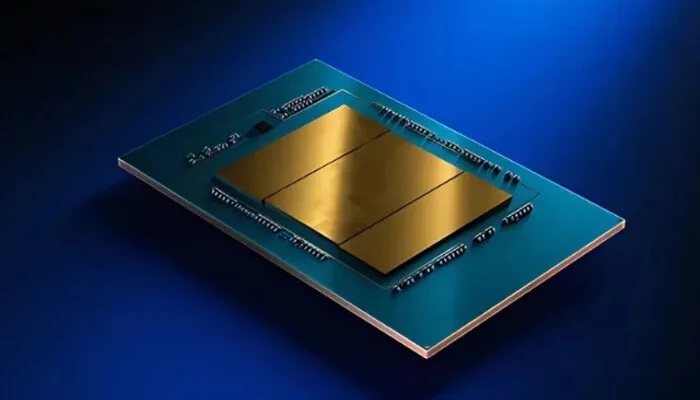China’s Silicon-Free Transistor Outpaces Leading 3nm Chips

Chinese researchers have revealed a groundbreaking silicon-free transistor, claiming it outperforms the most advanced 3nm chips from Intel, TSMC, and Samsung. The innovation could reshape the global semiconductor industry by delivering faster speeds and reduced power consumption.
Breakthrough in Material Science
The team at Peking University developed the transistor using bismuth oxyselenide, a two-dimensional compound. This move marks a significant departure from traditional silicon-based designs, signaling what experts are calling a fundamental change in chip architecture.
The transistor utilizes a gate-all-around (GAAFET) design. Unlike conventional FinFETs, where the gate only partially wraps around the source, the GAAFET structure fully surrounds it. This tighter control reduces energy leakage and increases current regulation.
Read: Nintendo Denies Using AI in Mario Kart World Artwork
Superior Speed and Efficiency
Under conditions that match those used for commercial processors, the new transistor achieved speeds up to 40% faster than Intel’s 3nm chips. It also used 10% less power, a critical advantage in mobile and high-performance computing applications.
According to lead researcher Professor Peng Hailin, the innovation is not an upgrade but a paradigm shift. “It’s like changing lanes, not speeding up in the same one,” he said. The transistor’s unique structure avoids the vertical stacks of FinFETs and instead forms a horizontal bridge-like channel.
Advanced Materials Enable Performance Leap
Two advanced compounds power the transistor: Bi₂O₂Se as the semiconductor and Bi₂SeO₅ as the gate dielectric. Their low interface energy allows electrons to flow with minimal resistance—comparable to water running through a smooth pipe. This reduces scattering and increases reliability.
Ready for Industry Integration
Crucially, the team emphasized that the transistor can be produced using current semiconductor manufacturing systems. They have already built functioning logic units based on this technology, positioning it for scalable adoption.
If commercialized, this innovation could disrupt the silicon-dominated market and strengthen China’s position in next-generation chip development.
Follow us on Google News, Instagram, YouTube, Facebook,Whats App, and TikTok for latest updates












